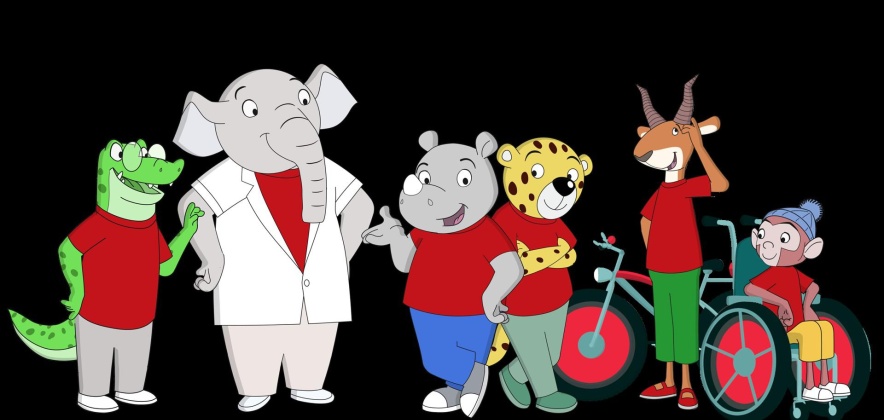
Representations of disability have taken different forms over the centuries. From the exhibition of the monstrosities (of those were considered non-compliant) we have come to the exaltation of the tolerance of the different/disabled. Prejudicial attitudes and compassionate rhetoric – as well as normalizing ones – constitute the common thread that still unites the stories (animated and otherwise) in which disability/diversity is more or less explicitly represented. Even those intended for kids do not seem to escape these dynamics which risk undermining the role of animated narratives as educational mediators for inclusion. For instance, cartoons – that according the perspective of Universal Design for Learning seems to be particularly effective as they let experience an instant and strong involvement – are not free from the risk of spreading stereotyped and contradictory messages. In this regard, in continuity with a previous work, the authors of this paper report a quali-quantitative survey that intends to detect the opinions/suggestions of a group of educators and teachers in training with respect to the use of cartoons in the educational field and to identify any critical issues on which education professionals are called to reflect, in order to deconstruct more or less explicit meanings and messages that could be an obstacle to the promotion of truly inclusive school and social processes.
 Classified "A" by ANVUR in the fields 11/D1, 11/D2 Scientific in the field 14.
Classified "A" by ANVUR in the fields 11/D1, 11/D2 Scientific in the field 14.

